Museu do Teatro Romano (Roman Theatre Museum), Lisbon
A description of a visit to the Museu do Teatro Romano (Roman Theatre Museum) in Lisbon. This hidden gem in the Alfama district is a great way to understand the layers of the city’s history.
Lisbon’s Roman Theatre
Lisbon is a city with a long history. It is in fact one of the oldest settlements in Western Europe. People have been living here since Neolithic times, and Lisbon’s natural harbour has made it a commercial hub for millennia. Over this long history, Lisbon has been Celtic, Phoenician, Greek, Carthaginian, Roman, Visigothic, Moorish and more. It has been reshaped by peaceful settlement and conflict, as well as natural disasters such as the huge earthquake in 1755 which levelled the city.
So Lisbon already had many centuries behind it by the time a Roman theatre came around. This is now the only Roman amphitheatre in Portugal, built in 10 BCE. After an expansion, it had a standing capacity of 5,000 people. It fell into disuse as the Roman Empire waned in power (circa 4th Century), and, like Hadrian’s Wall, was subsequently a source of building materials. The 1755 earthquake covered it completely, and it served as foundations during the rebuild. The theatre was rediscovered in 1964 and later fully excavated. Today there is a covered site and a museum on opposite sides of a street very close to the Sé Cathedral.
Museu do Teatro Romano
Today’s Roman Theatre Museum (Museu do Teatro Romano) is a hidden gem, and a great introduction to the city. We came across it on our first day as we explored the Alfama district; and went inside to take a look – first at the museum and then at the excavated site across the street.
The museum is over a couple of levels, with great views of the River Tagus to one side. At each level, there is also the opportunity to go into different parts of the excavated archaeological site. I loved dipping in and out of history like that. But I did find it made it a little difficult to understand the “correct” way to visit the site. It felt more like I was joining dots from different interpretations than following a narrative of the city or the site. Maybe that’s not a bad thing – it certainly didn’t spoil my enjoyment.
On the museum side of things, there are displays of finds excavated from the site. As well as Roman bits and pieces, they go as far back as an Iron Age bronze deer. The thing with this museum is that it does a lot in a small space. You can learn about the Roman Theatre obviously, but also the 1755 earthquake and subsequent rebuild; the history of the city generally; and the story of the theatre’s rediscovery. There are also contemporary art commissions. The red flags you see in some images are an installation called Neste teatro, sê Romano! (Be a Roman in the Roman theatre!) by Madalena Martins.
So it’s a great place in summary to soak up the city’s history; and particularly to understand the major forces that have shaped the urban landscape. Plus if, like me, you love the opportunity to explore an archaeological site, then this is the museum for you.
Exploring The Roman Theatre
Once you have finished in the Roman Theatre Museum (which includes one of Lisbon’s many miradouros, or lookouts, as well as a highly decorated guardhouse), you can head over to the main part of the excavated theatre. Today this is a covered space, which you can peer into from neighbouring streets if you don’t fancy entering the site itself. This main section of excavation definitely still holds its shape as a Roman amphitheatre; it’s a good exercise in imagination to think of the people of Felicitas Julia Olisipo (Roman Lisbon) and what they saw here.
When we visited the theatre, the staff were busy setting up chairs in the amphitheatre space. A quick bit of Googling told us that there would be live music and wine tasting later that evening. We came back at the right time, and after some confusion about whether or not the (free) event was ticketed, were able to put ourselves in the Roman sandals of those ancient Olisipoans by enjoying an evening’s entertainment in the amphitheatre. The museum seems to have a great calendar of cultural events; part of Lisbon’s vibe as a vibrant cultural city generally.
So in conclusion this isn’t one of Lisbon’s biggest museums, but is a big hitter for lovers of culture or impromptu avant-garde jazz evenings. If you come across it in your Alfama wanderings, do consider stepping inside and stepping back in time.
Salterton Arts Review’s rating: 4/5
Sign up to keep up with museum and culture news from Lisbon to London
If you see this after your page is loaded completely, leafletJS files are missing.

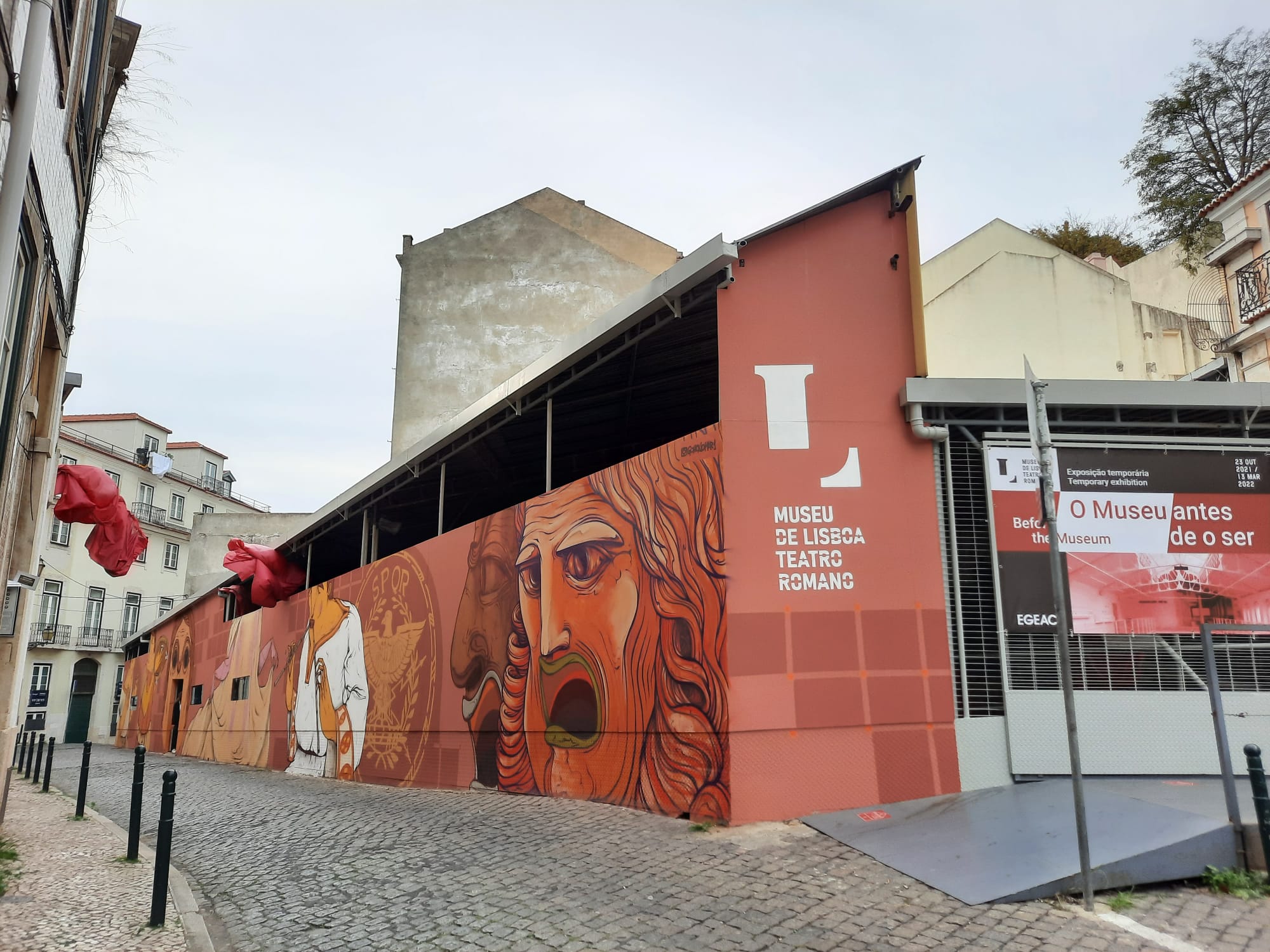
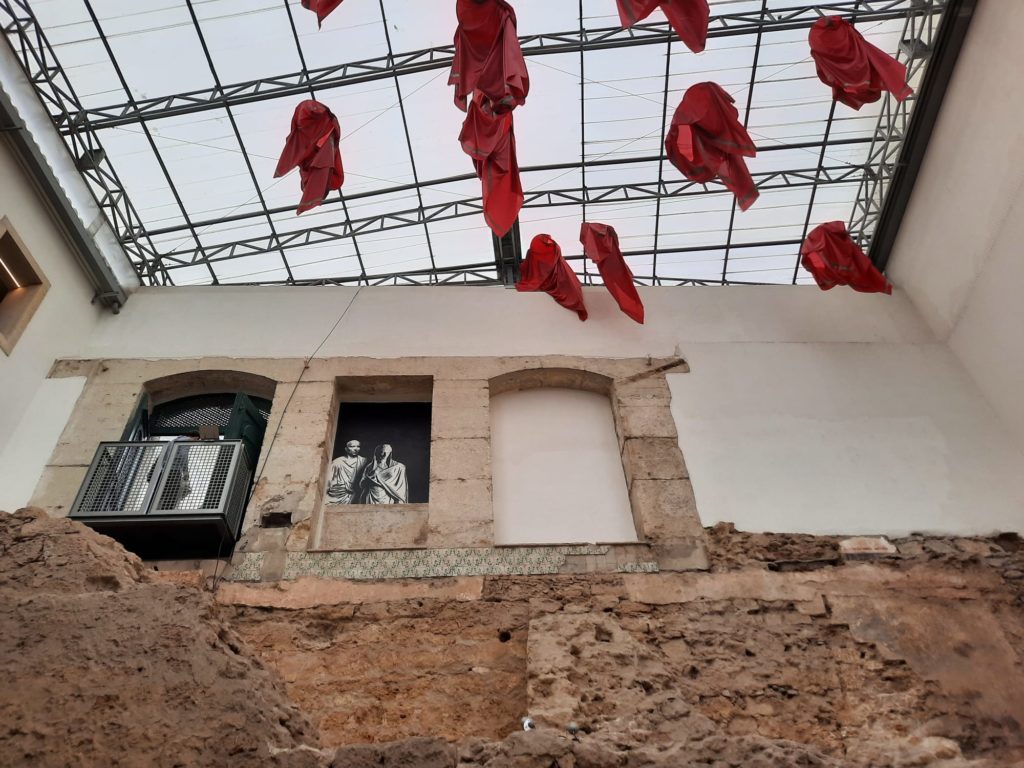
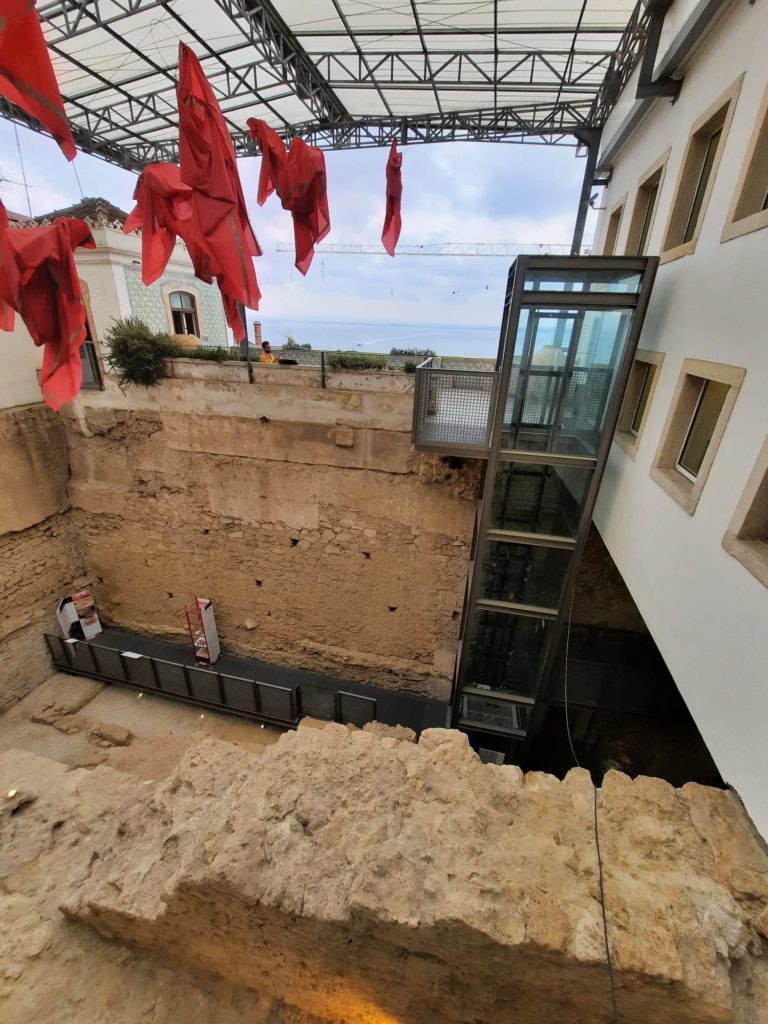
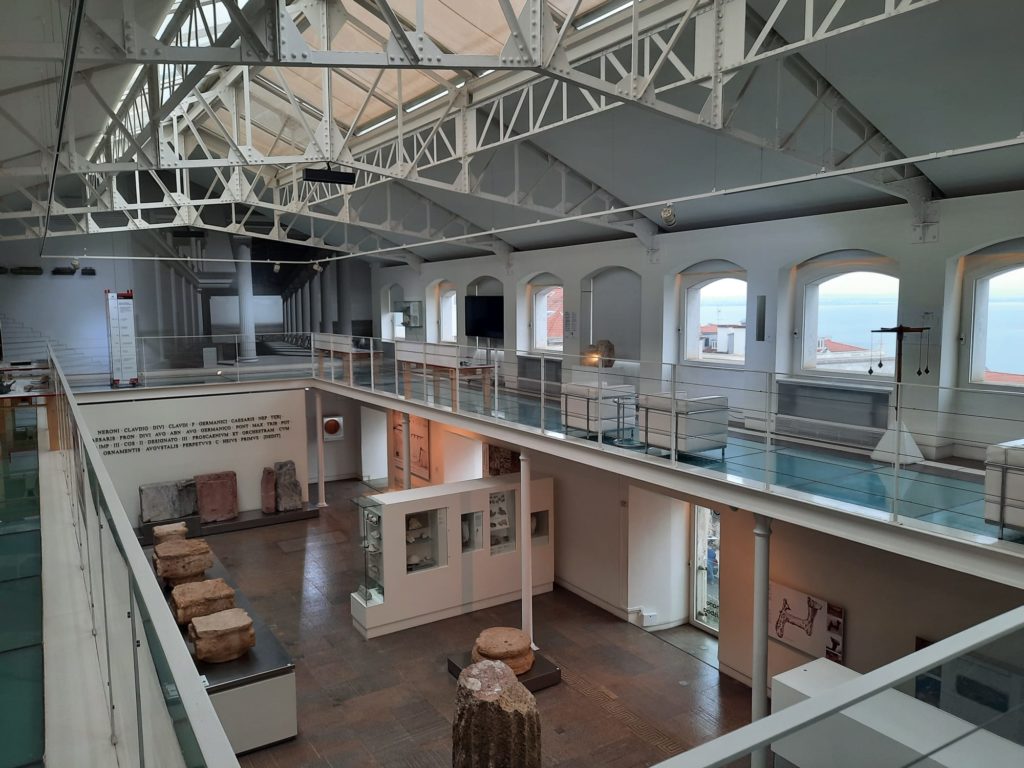
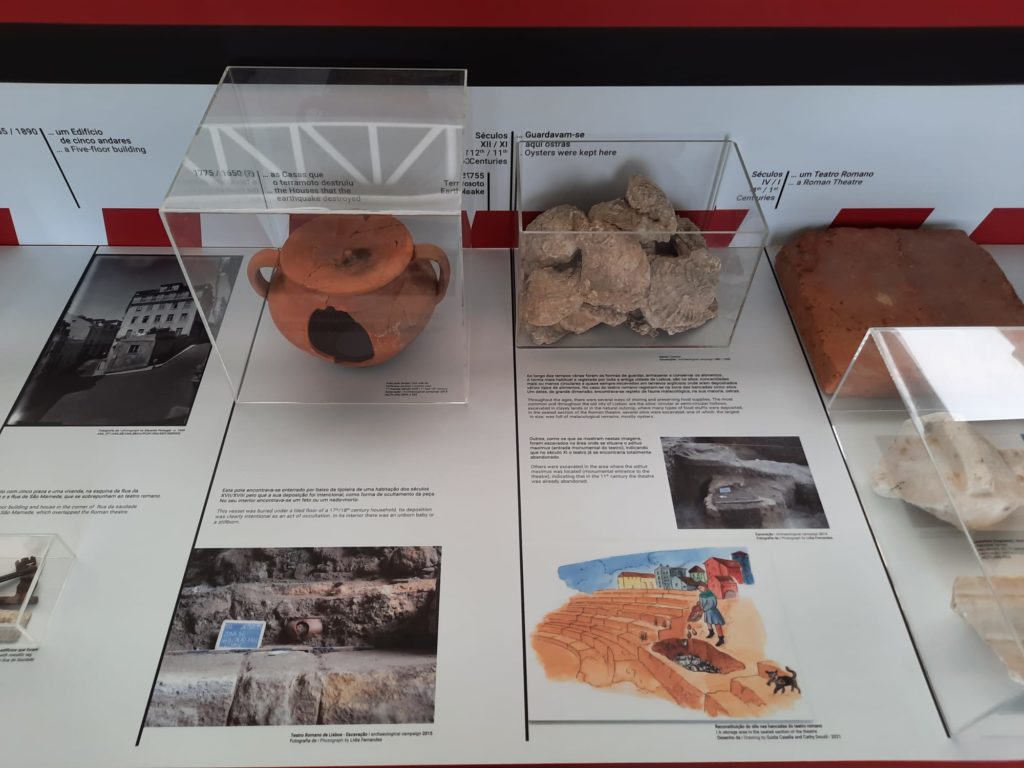
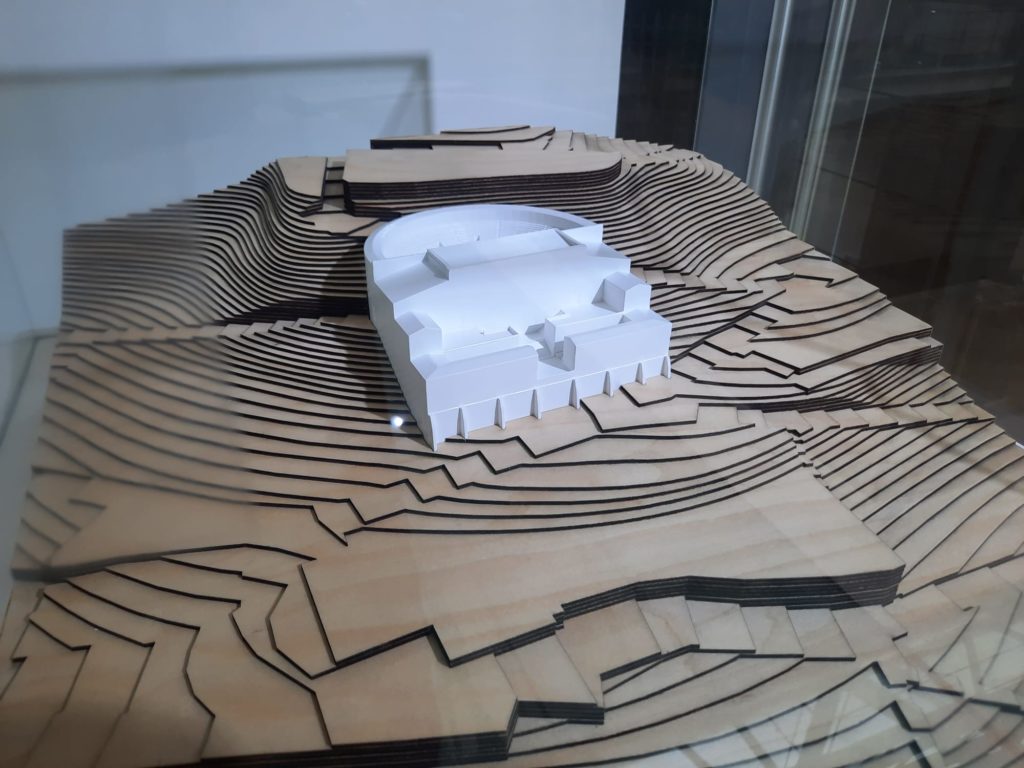
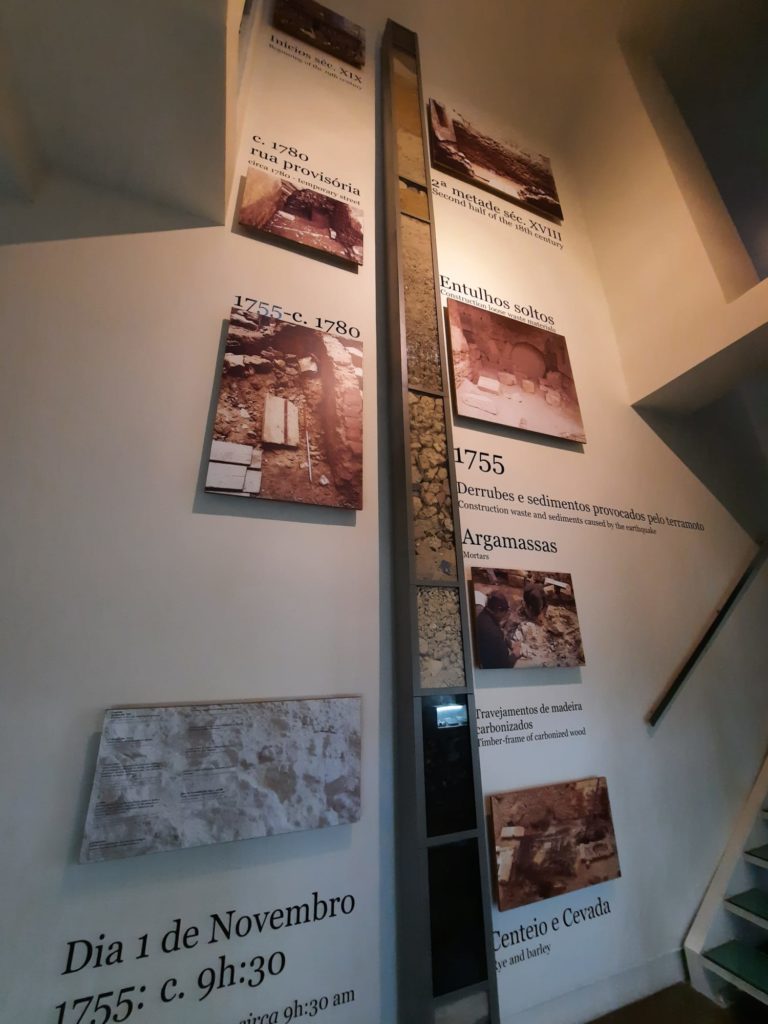
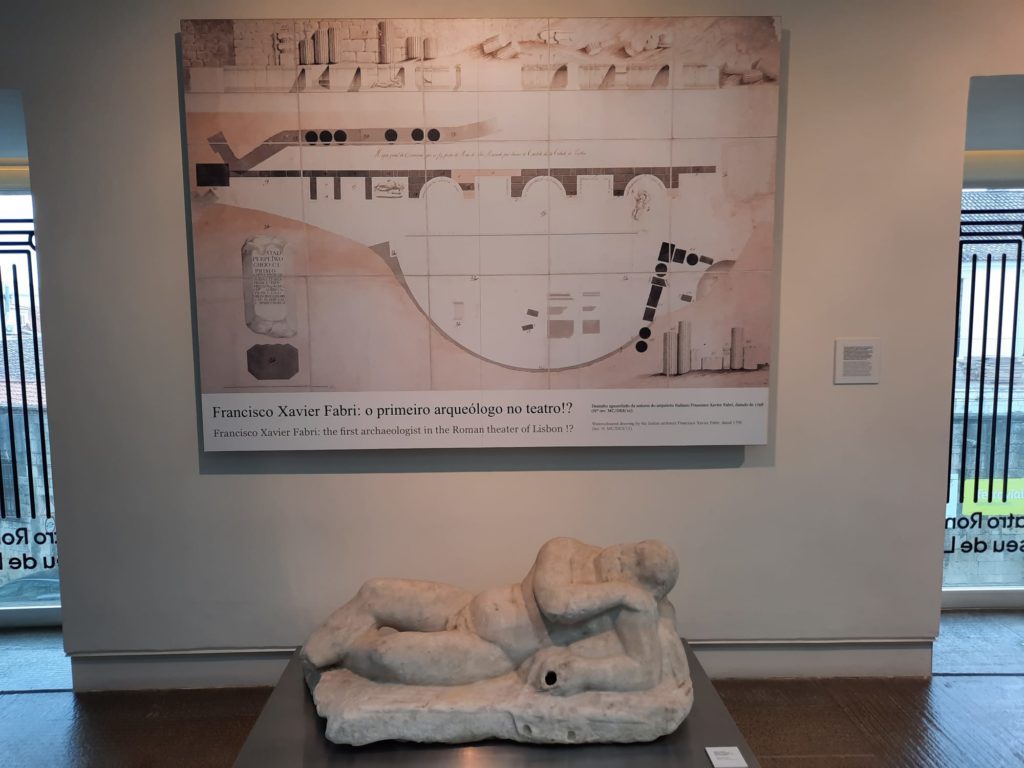
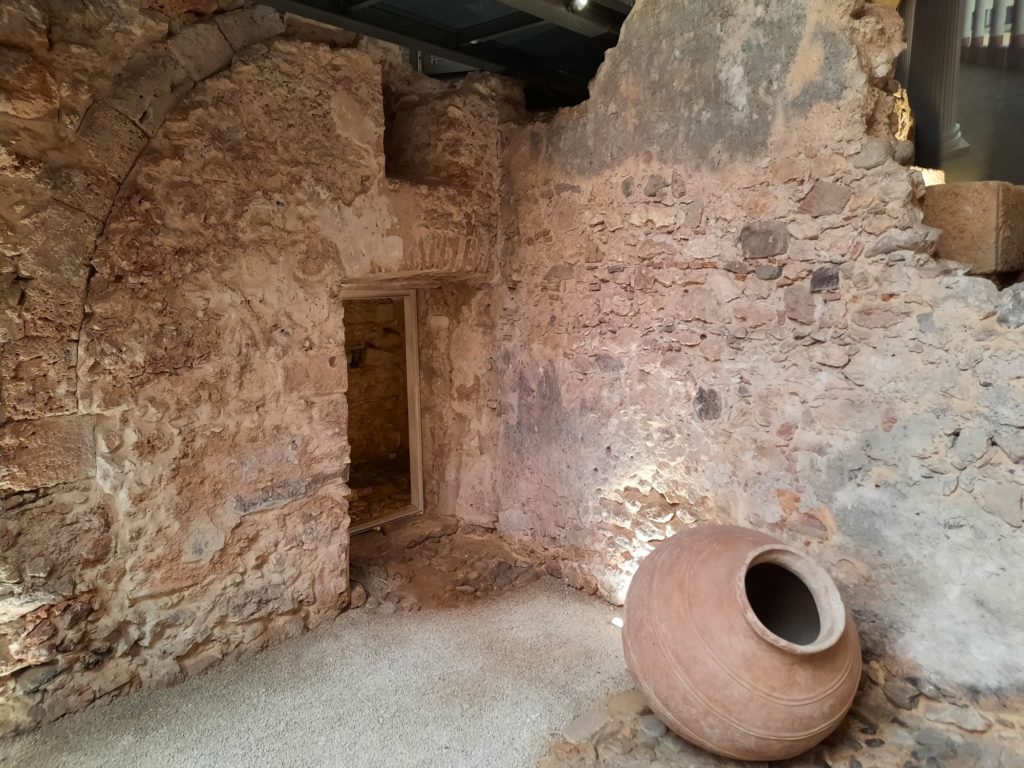
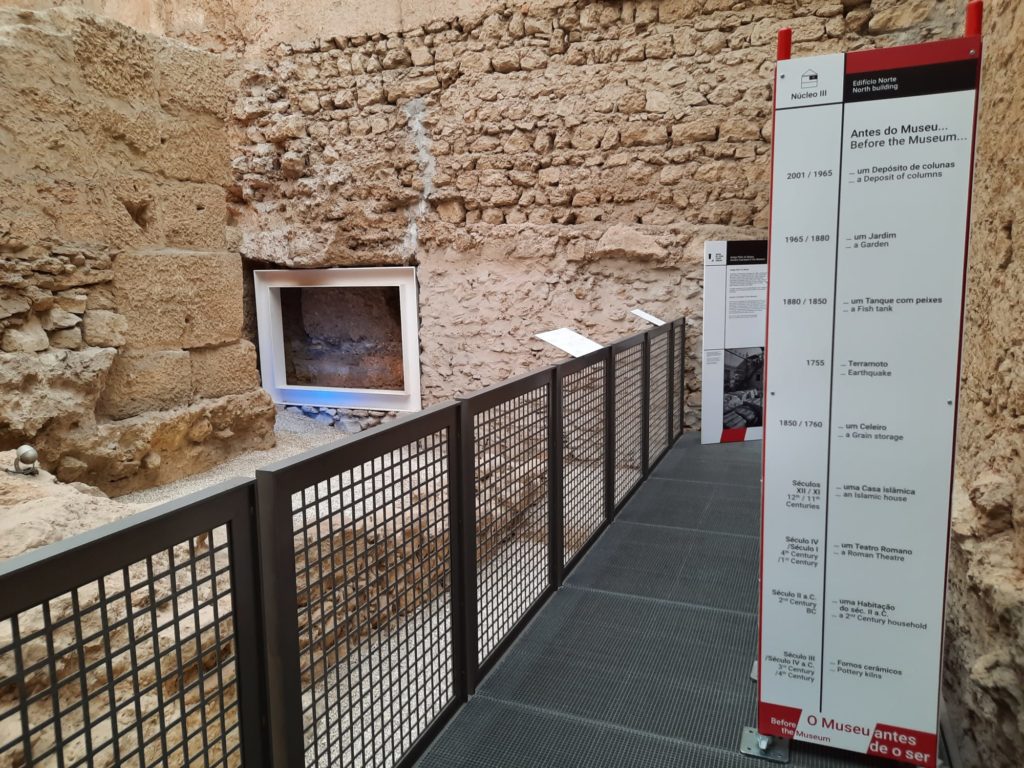
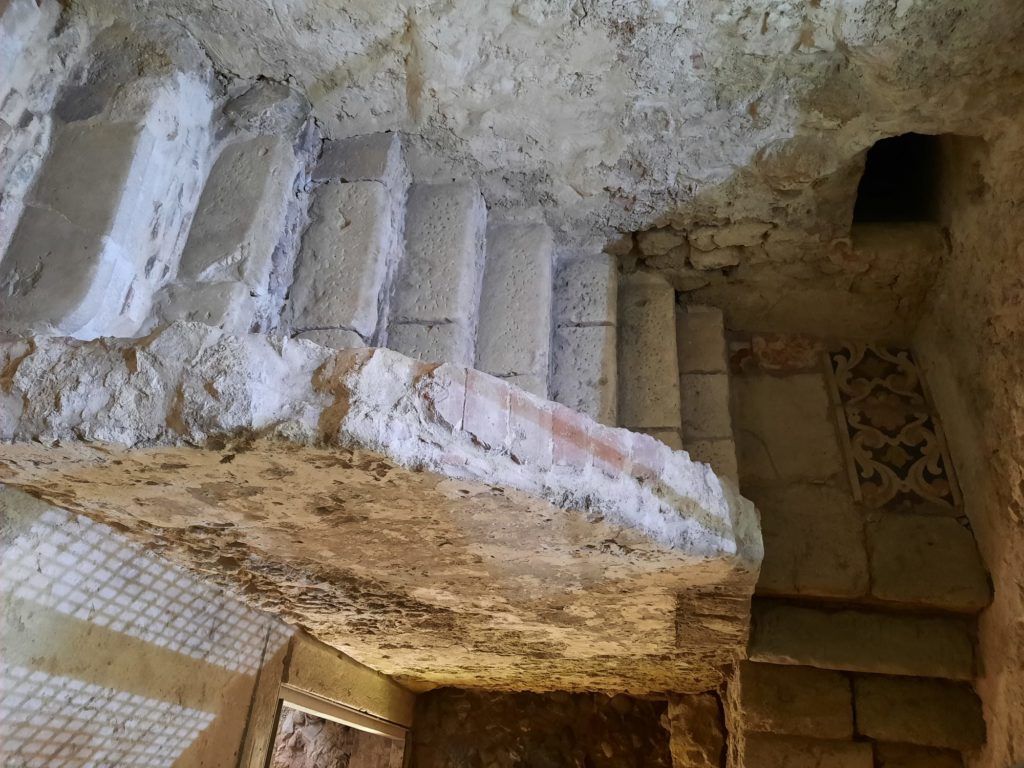
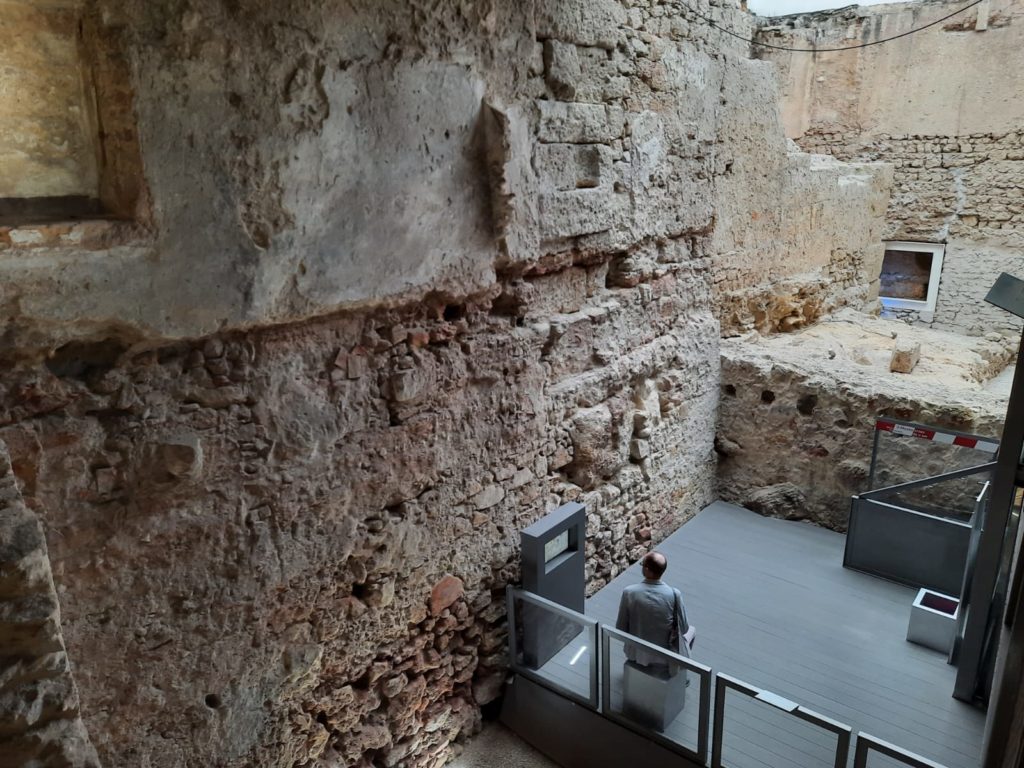
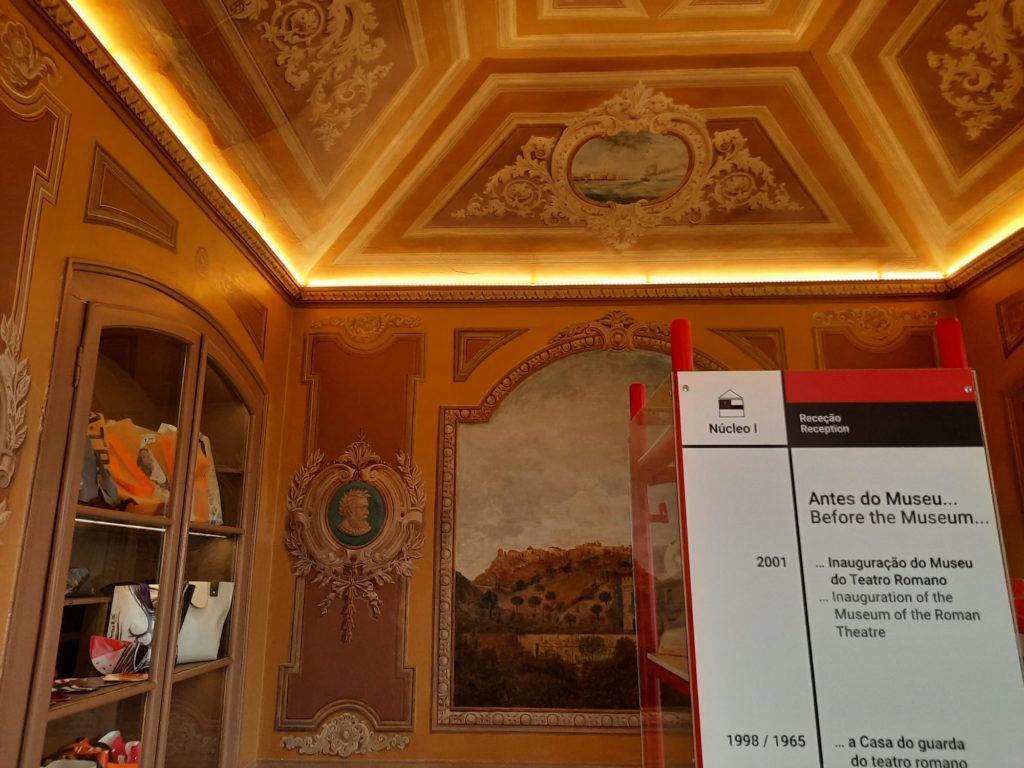
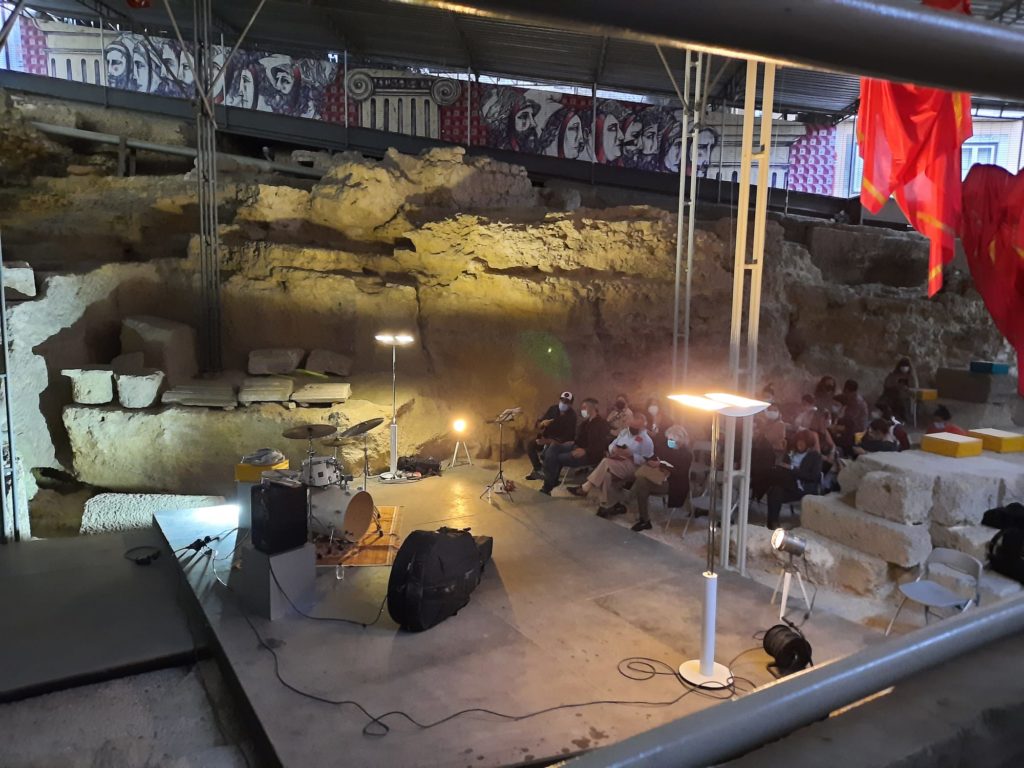
2 thoughts on “Museu do Teatro Romano (Roman Theatre Museum), Lisbon”